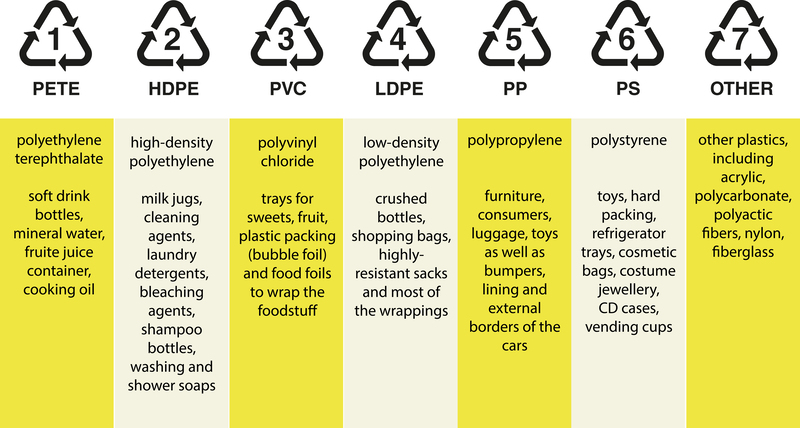Safe and Eco-Friendly E-Waste Solutions
Electronic waste, or e-waste, has become a significant environmental concern in our rapidly advancing technological world. With the release of new gadgets and devices each year, the volume of discarded electronics is growing exponentially. Safe and eco-friendly e-waste solutions are paramount to mitigate the harmful effects on our environment and health. This article delves into various methods to manage e-waste responsibly while being mindful of our planet.
Understanding E-Waste
E-waste comprises discarded electronic devices such as smartphones, laptops, televisions, and other consumer electronics. These devices contain toxic substances like lead, mercury, and cadmium, posing grave environmental and health risks if not disposed of properly. Recycling and reusing e-waste not only reduce these hazards but also recover valuable materials which can be reused in new products, conserving natural resources and reducing the need for raw material extraction.

Safe E-Waste Disposal Techniques
Several techniques offer effective and eco-friendly e-waste disposal solutions:
1. Recycling: Recycling is one of the most sustainable ways to handle e-waste. Many parts of electronic devices can be separated and processed for reuse. Copper, gold, silicon, and other materials can be recycled, thereby reducing the need to mine for new resources.
2. Refurbishing: Refurbishing involves repairing or upgrading old devices to make them usable again. This approach not only provides usable gadgets at a lower cost but also significantly reduces the amount of e-waste generated.
3. Donating: Many non-profit organizations and schools accept working electronic devices. Donations can extend the life of electronics and provide useful resources to those in need.
Eco-Friendly E-Waste Management Practices
1. Responsible Consumption: Consumers should think twice before upgrading devices. Opting for durable, high-quality electronic products can drastically reduce the frequency of purchase and disposal.
2. Manufacturer Take-Back Programs: Many tech companies offer take-back or trade-in programs. These initiatives ensure devices are disposed of properly or refurbished and recycled.
3. Safe Storage: Store old electronics safely to prevent leakage of hazardous materials. Use protective covers and containers to minimize the risk of contamination.
Policy and Legislation
Governments play a crucial role in managing e-waste through legislation. Enforcing policies that mandate safe disposal and recycling can significantly curtail improper e-waste handling. Regulations such as Extended Producer Responsibility (EPR) compel manufacturers to take responsibility for the entire lifecycle of their products, including disposal.
Tips for Individuals
1. Research Recycling Centers: Ensure the recycling center in your locality follows proper e-waste disposal methods.
2. Use Authorized E-Waste Recyclers: Only use authorized e-waste recyclers and avoid informal recyclers to ensure eco-friendly processing.
3. Upgrade Smartly: Instead of replacing, consider upgrading parts of your device to enhance performance.
4. Spread Awareness: Educate friends and family about the importance of safe and eco-friendly e-waste disposal.
Pros and Cons
Pros:
- Reduces environmental pollution.
- Conserves natural resources by recycling materials.
- Decreases health risks from toxic components.
- Promotes sustainable development and green business practices.
Cons:
- Requires stringent regulations and monitoring.
- Can be economically challenging for developing nations.
- Public awareness and participation remain low.
- Costs associated with proper recycling and disposal.

Takeaways
1. E-waste comprises hazardous components that need eco-friendly disposal solutions.
2. Safe e-waste disposal includes recycling, refurbishing, and donating.
3. Policies and responsible consumer behavior are crucial in managing e-waste.
4. Awareness and active participation in e-waste management can lead to significant environmental benefits.
Conclusion
The burgeoning e-waste problem demands immediate and effective solutions for a sustainable future. Embracing safe and eco-friendly e-waste disposal practices is not only an environmental responsibility but also a proactive step towards preserving our planet for future generations. Through combined efforts of individuals, businesses, and governments, we can transform the menace of e-waste into a manageable and even beneficial resource.

